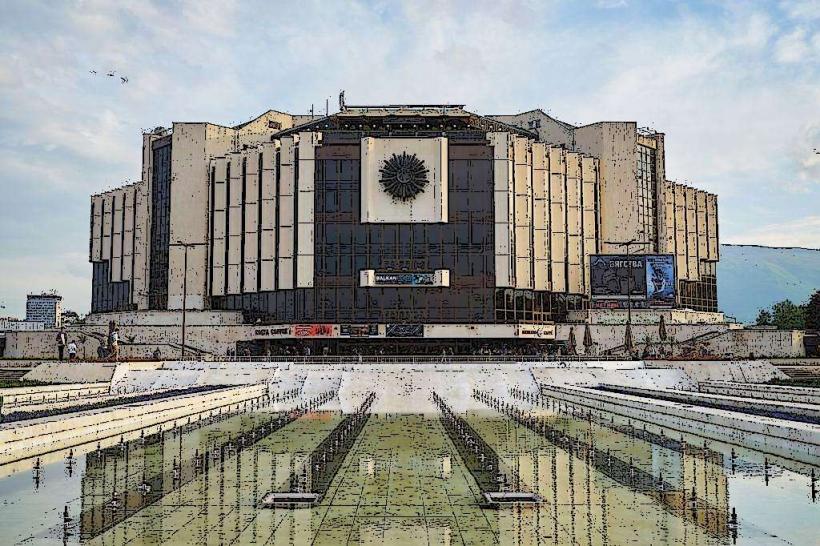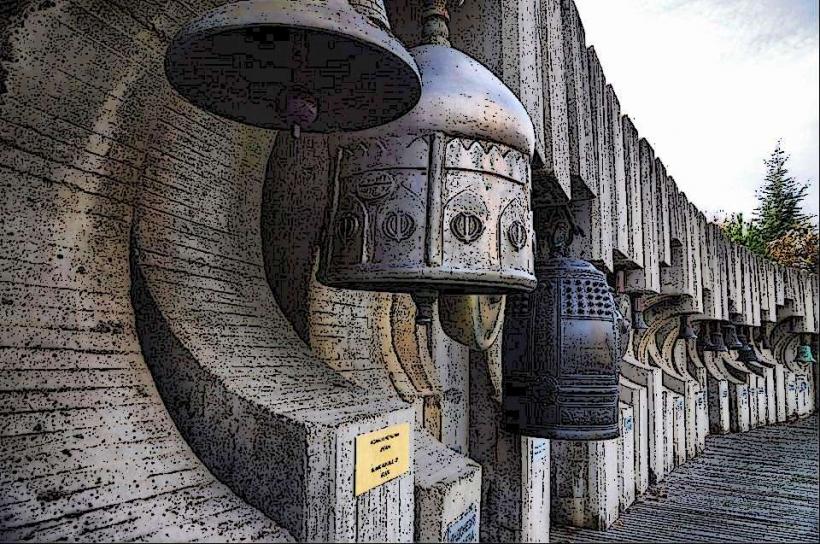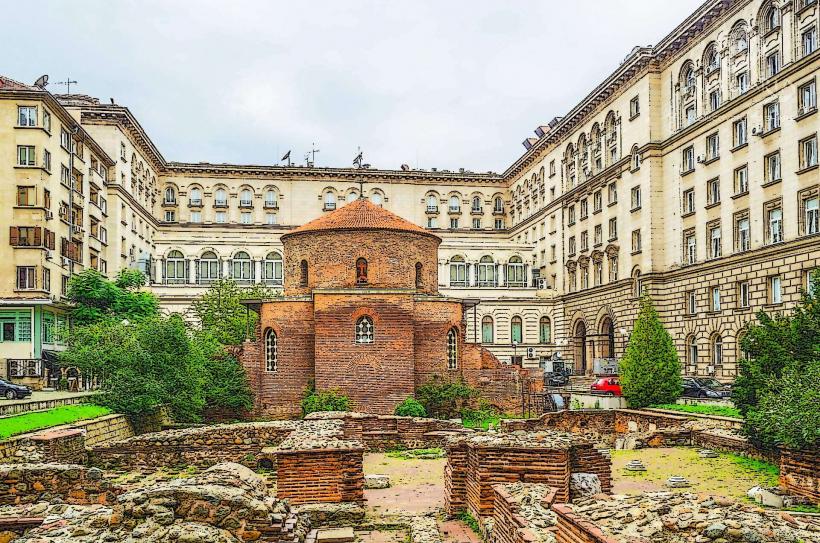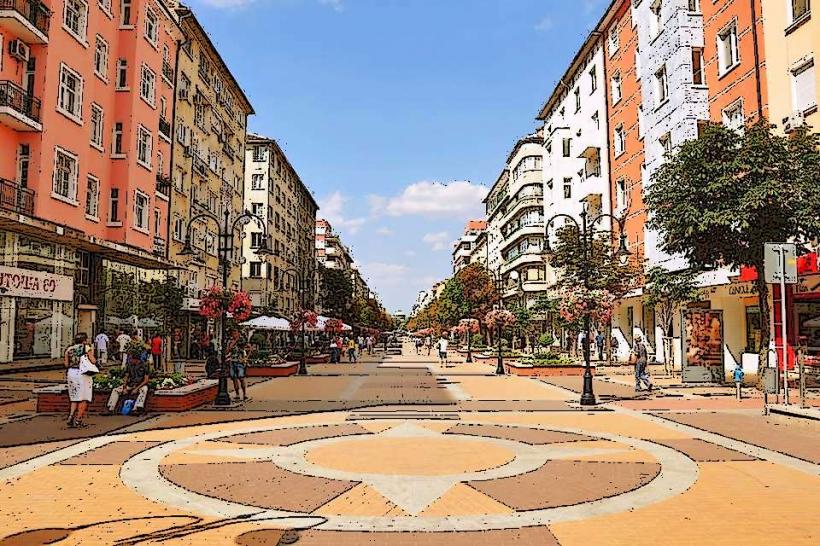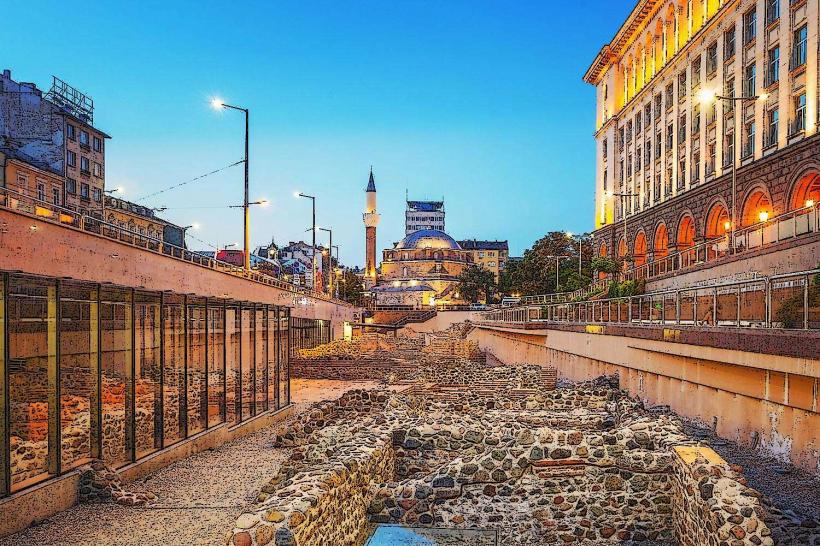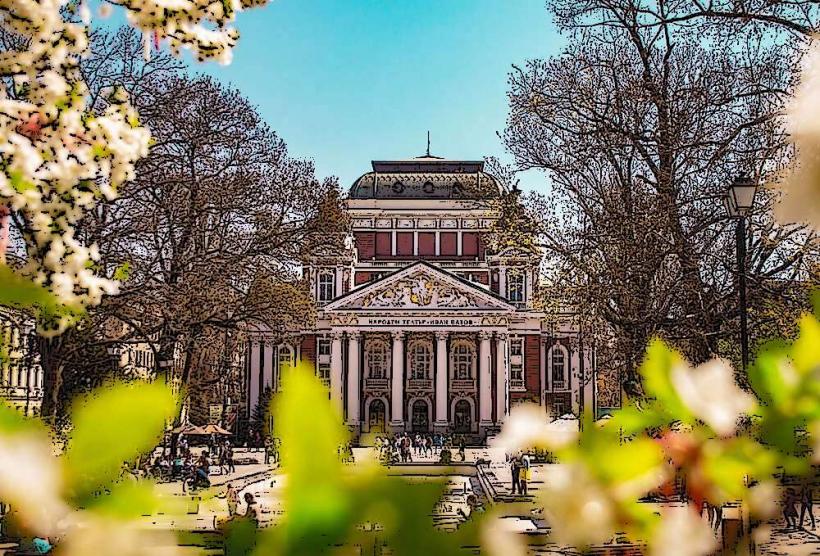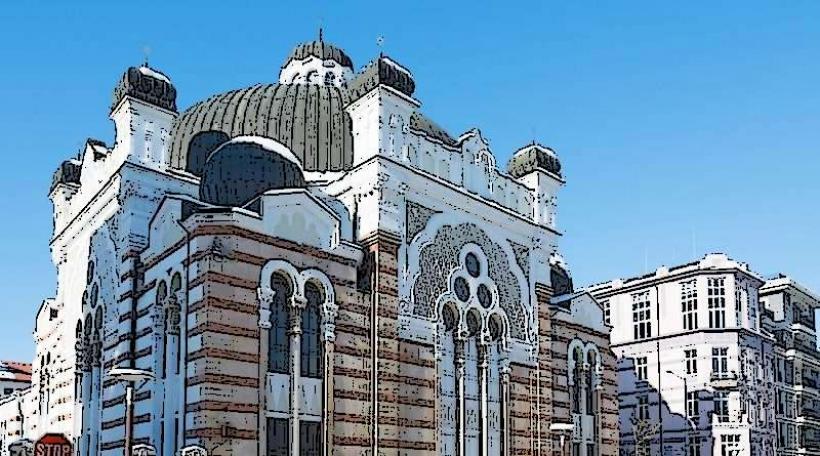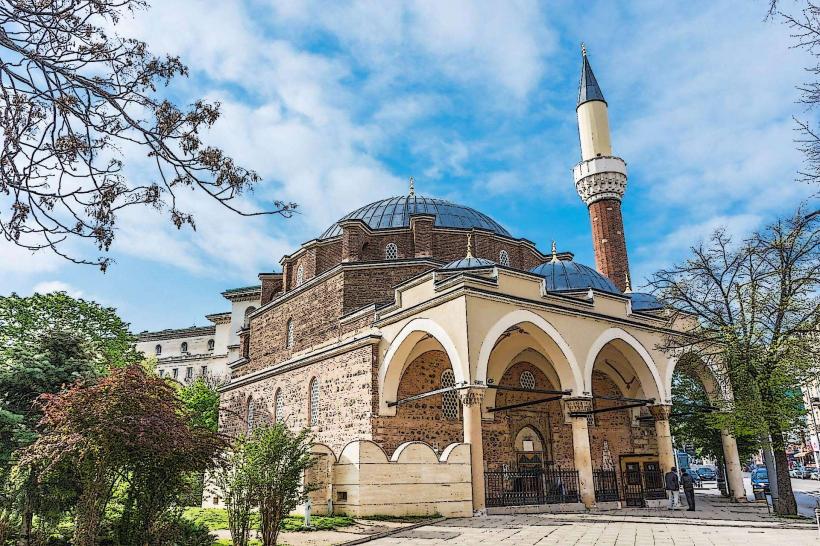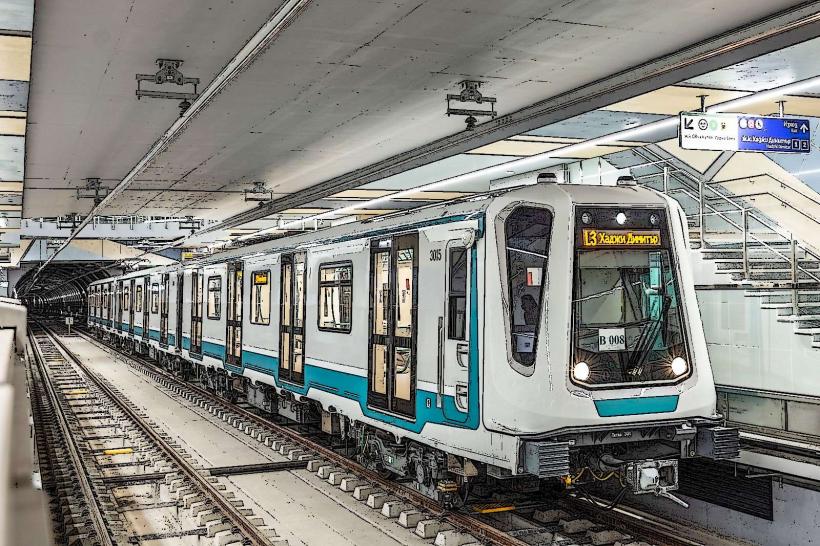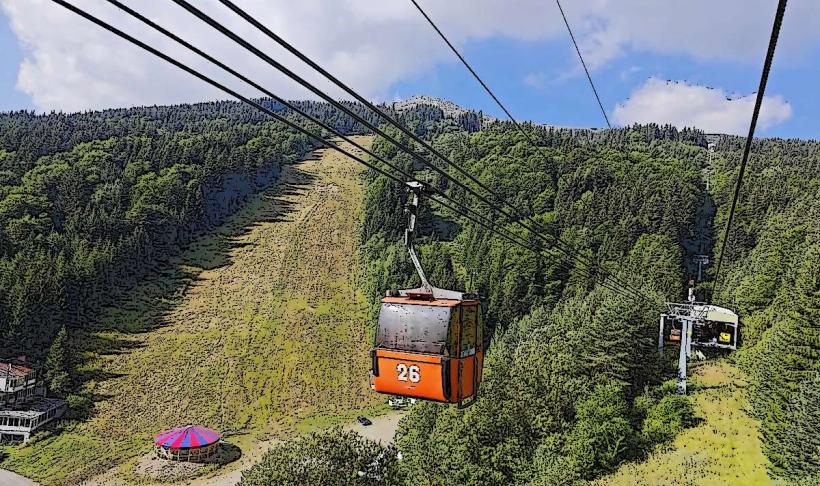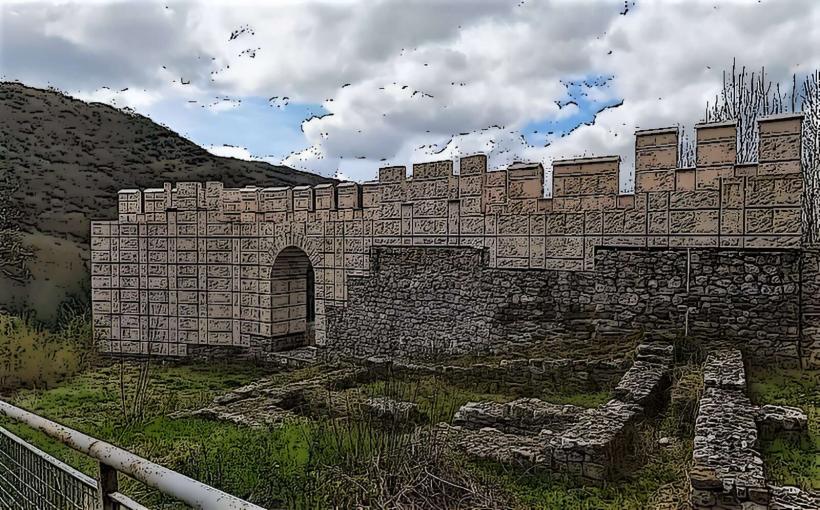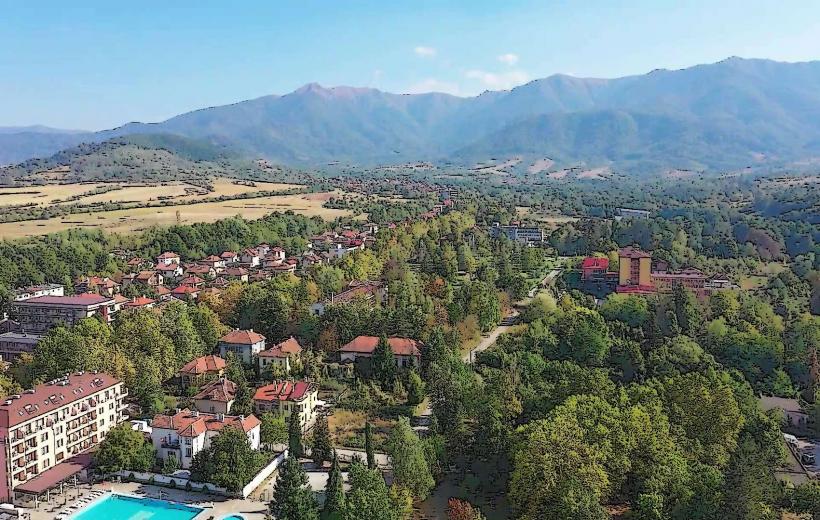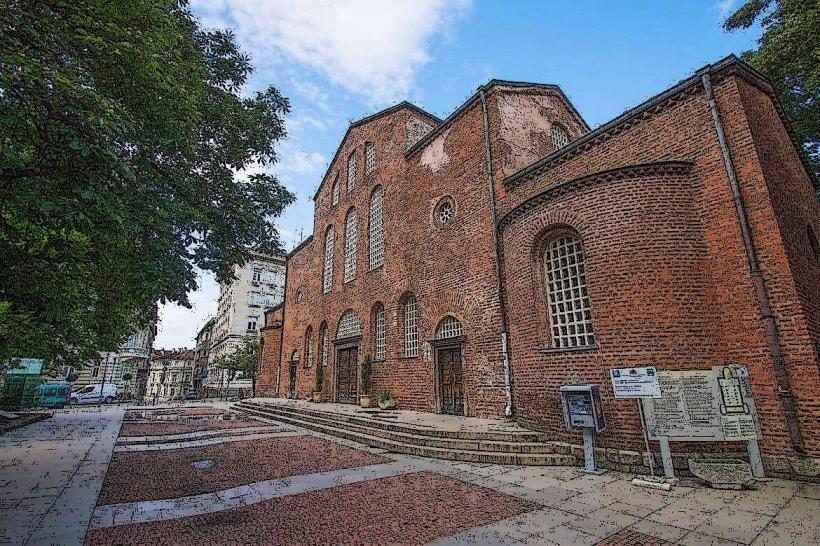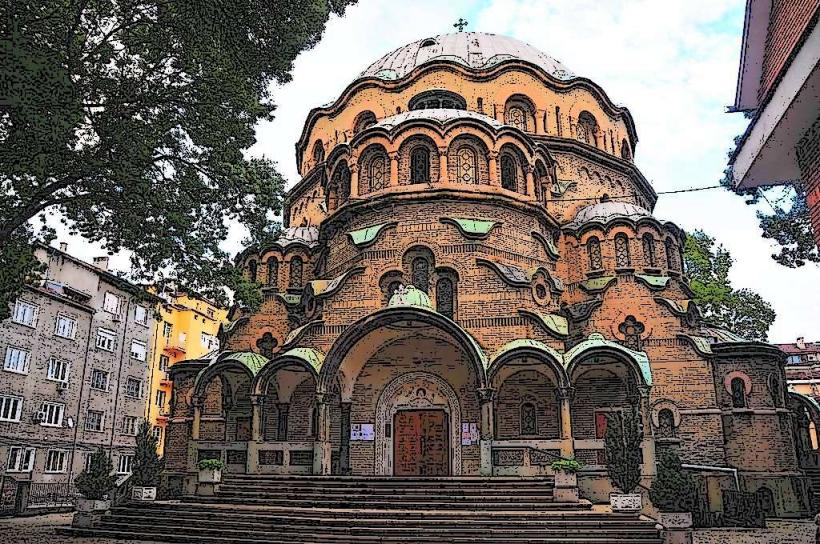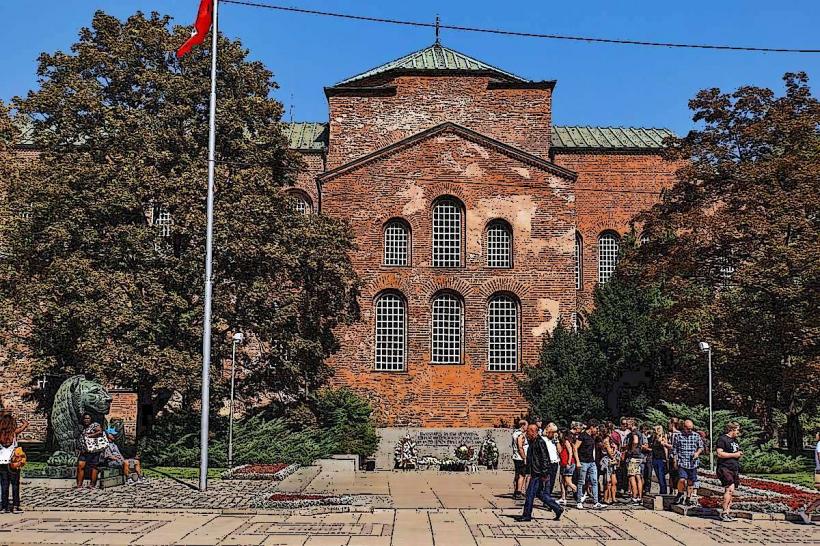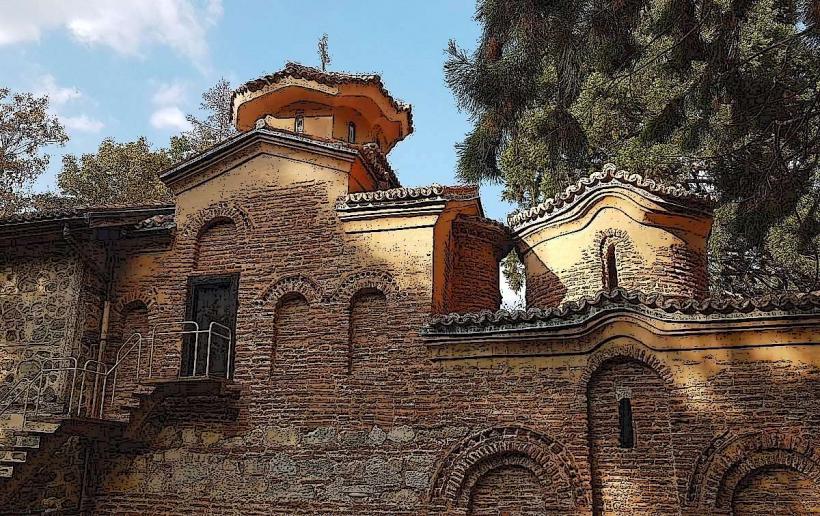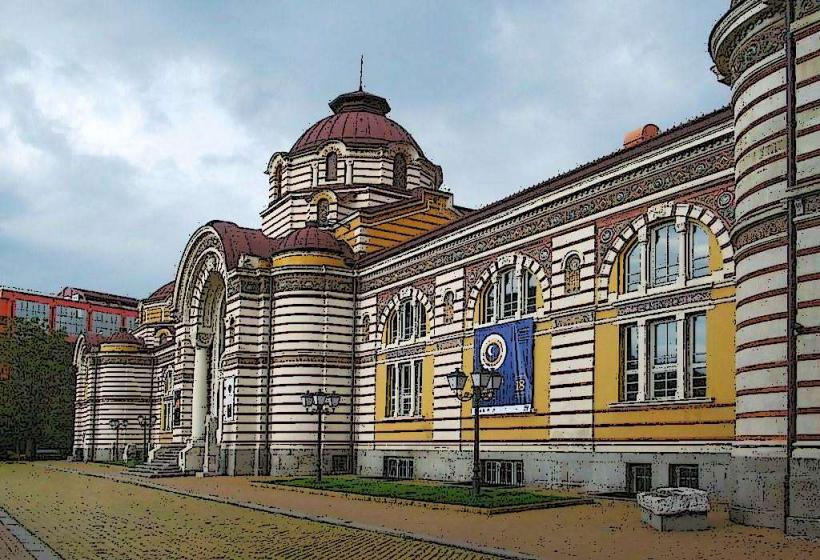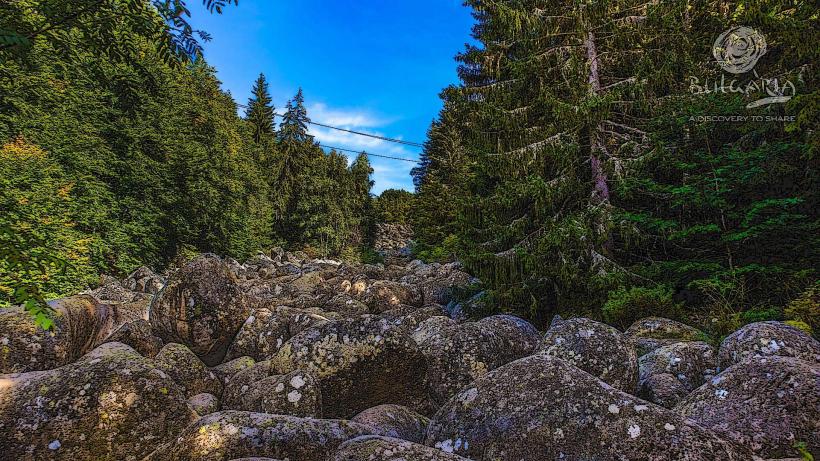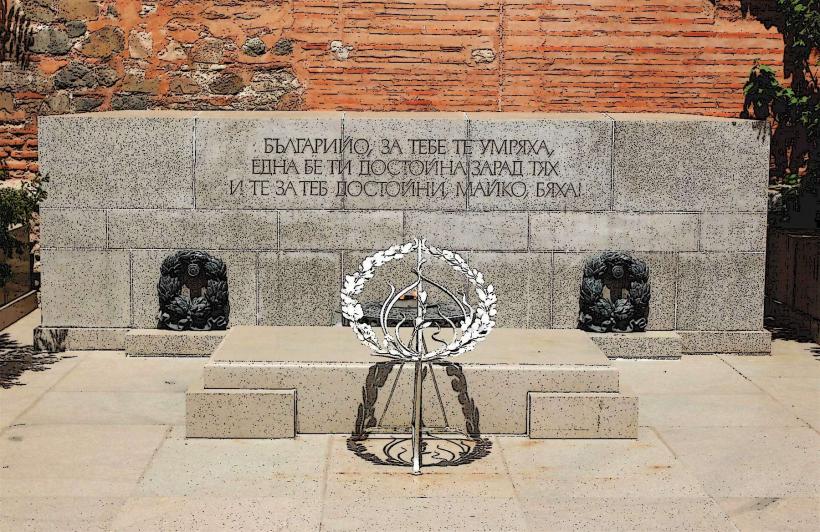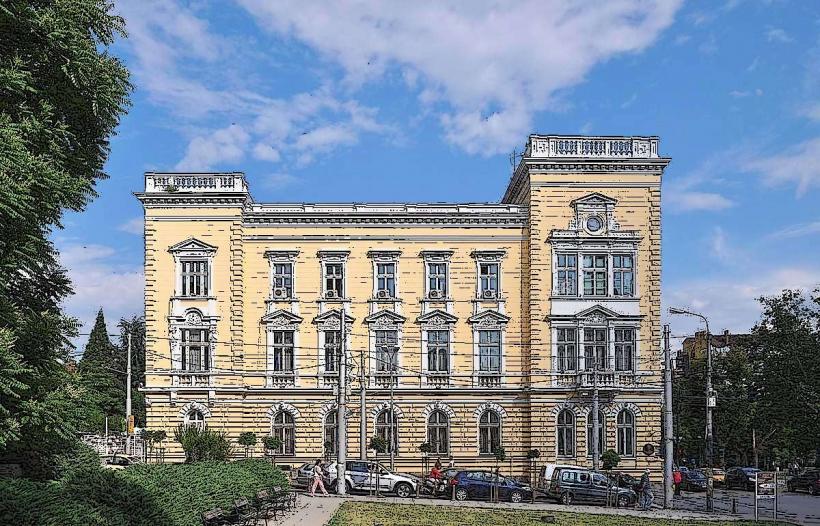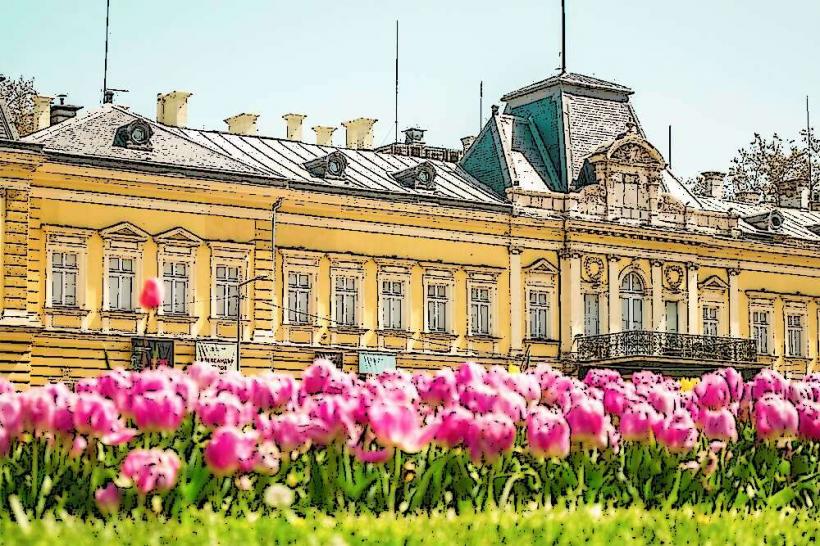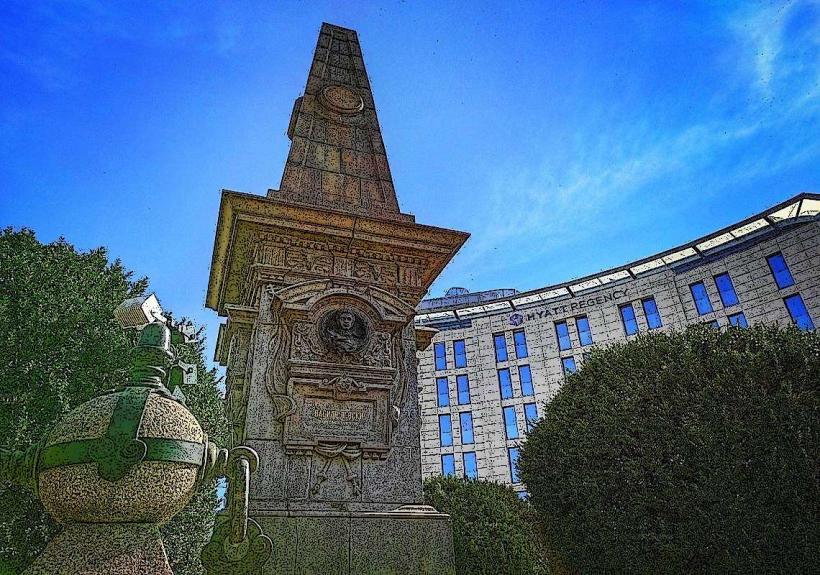Information
Landmark: Alexander Nevsky CathedralCity: Sofia
Country: Bulgaria
Continent: Europe
The Alexander Nevsky Cathedral in Sofia is not only a national symbol of Bulgaria but also one of the largest and most stunning Eastern Orthodox cathedrals in the world. Its scale, architecture, and rich history make it a central landmark in Sofia. Here’s a detailed look at this monumental site:
Historical Background
- Construction: The cathedral was built between 1882 and 1912 to honor the Russian soldiers who died in the Russo-Turkish War (1877–1878), which led to Bulgaria’s liberation from nearly 500 years of Ottoman rule.
- Patron Saint: The cathedral is named after Saint Alexander Nevsky, a revered medieval Russian prince and military leader who was canonized in the Russian Orthodox Church.
- Architect: It was designed by Russian architect Alexander Pomerantsev and includes elements from Byzantine, Bulgarian, and Russian styles, symbolizing the unity of the Orthodox faith.
Exterior Architecture
- Dimensions: Standing at 52 meters (170 feet) tall, the cathedral covers a total area of 3,170 square meters, and it can accommodate up to 5,000 people.
- Domes: The most distinctive feature is its central gold-plated dome, which is 45 meters (148 feet) high and symbolizes the divine. Around it are smaller domes, each topped with a cross.
- Façade: Made from white stone and marble, the exterior has intricate carvings and reliefs, including arches, columns, and floral motifs. The western facade has a beautiful main entrance flanked by ornate bell towers.
Bell Tower
- Bell Count: The bell tower houses 12 bells of various sizes, imported from Moscow, and together they weigh around 23 tons.
- Sound: The largest bell weighs 12 tons, and when the bells chime, they can be heard throughout Sofia, especially during major religious holidays.
Interior Design
- Lavish Decor: The interior is equally grand, with floors of Italian marble and onyx, and walls adorned with mosaics and frescoes. The decor is inspired by the Byzantine tradition, showcasing religious symbolism in its designs.
- Iconostasis: The iconostasis (a screen decorated with icons) is one of the most prominent features, intricately carved with depictions of saints and biblical scenes. It separates the altar from the main space and is covered in gold and silver.
- Frescoes and Mosaics: Russian and Bulgarian artists created the frescoes and mosaics, which depict religious icons, angels, and saints. The rich colors and meticulous detail bring a sense of solemnity to the space.
- Chandelier: A large chandelier hangs in the center, crafted from Venetian glass and illuminating the cathedral's interior with a warm glow.
Crypt and Icon Museum
- Crypt Location: Beneath the cathedral is the crypt, which houses one of the largest collections of Bulgarian Orthodox icons, dating from the 9th to the 19th century.
- Museum: The crypt functions as a museum under the National Art Gallery. Here, visitors can explore a vast array of religious art, showcasing Bulgaria’s iconographic tradition and offering insights into Orthodox Christian art.
Religious and Cultural Significance
- Major Religious Site: As one of the central locations for worship in Bulgaria, the Alexander Nevsky Cathedral hosts important ceremonies, national events, and services, particularly on Orthodox holidays.
- National Symbol: The cathedral is an icon of Bulgarian independence and Orthodox heritage. It is featured on coins, stamps, and other Bulgarian symbols.
Visitor Information
- Location: The cathedral is located in the heart of Sofia, on Alexander Nevsky Square.
- Admission: Entrance to the cathedral itself is generally free, but there may be a small fee to enter the crypt museum.
- Hours: It’s open daily, with varying hours depending on the season and church activities.
Nearby Attractions
- Sofia University and National Assembly are nearby, as are other significant historical sites, such as the St. Sophia Church, after which the city is named, and the Russian Church of St. Nicholas.
The Alexander Nevsky Cathedral stands as a testament to Bulgaria’s heritage, resilience, and religious devotion, making it a must-visit for anyone interested in the cultural and spiritual essence of Sofia.

